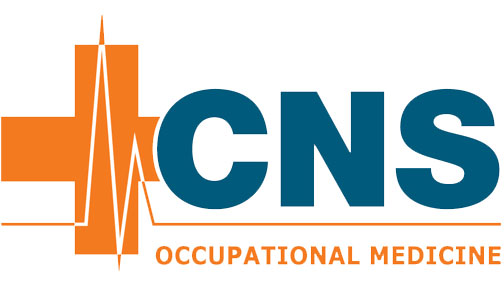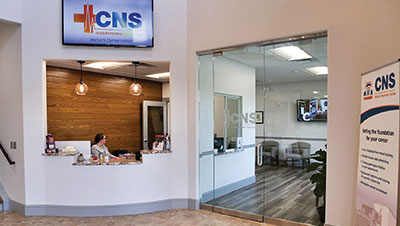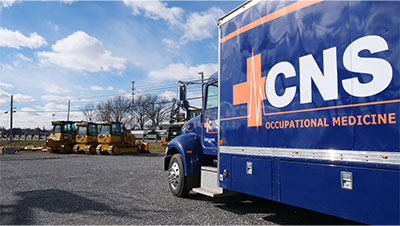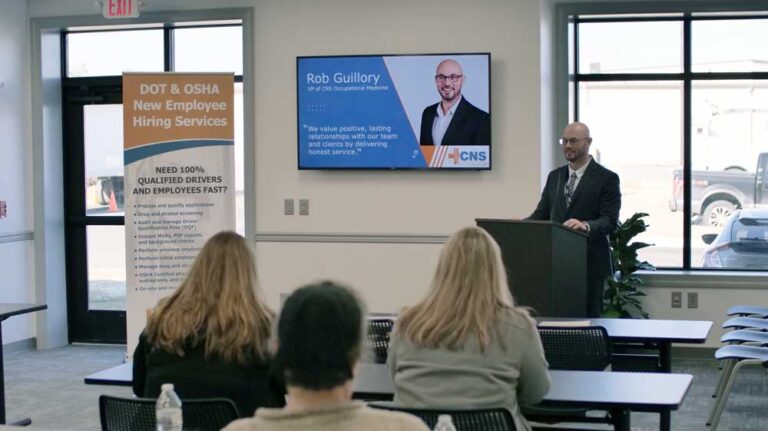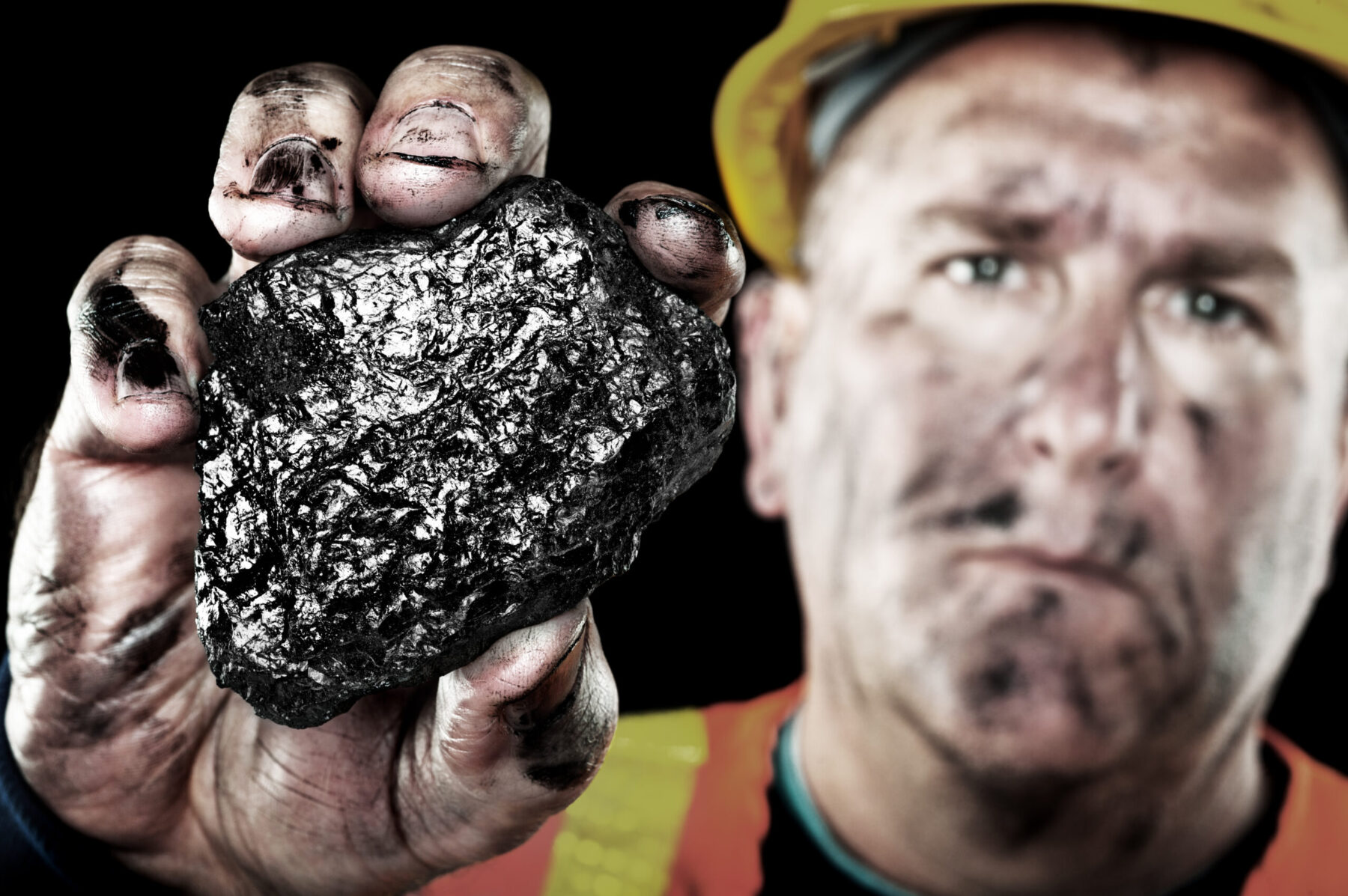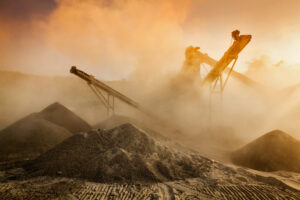Crystalline silica is a common mineral found in sand, concrete, natural stone, artificial stone, mortar and other materials, and generates respirable dust during cutting, grinding and polishing processes.
Earlier this summer the U.S. Dept of Labor proposed a rulemaking that hopes to reduce silica dust exposure and better protect the health of workers in the mining industry.
This has been anticipated as the rule change would ensure miners have at least the same level of protection as workers in other industries.
Let’s discuss the health risks and the potential rulemaking changes.
Health risks of silica exposure for mining industry workers
In a recent study, researchers at University of Illinois Chicago have found a clear link between silica exposure and severe black lung disease in contemporary U.S. coal miners. They found that silica exposure is a driving force behind rising rates of coal workers’ pneumoconiosis.
The research team found a clear link between silica exposure and severe black lung disease in contemporary miners:
- Contemporary miners had significantly higher rates of silica-type disease compared with their historical counterparts (57% vs. 18%). In contrast, historical miners had a significantly higher proportion of both coal‐type (50% vs. 17%) and mixed‐type (33% vs. 26%) diseases.
- Mineral dust alveolar proteinosis was more common in contemporary miners (70% vs. 37%).
- The percentage (26% vs. 18%) and concentration (4.7 vs. 2.6 billion particles per cubic centimeters) of silica particles were significantly greater in contemporary miners.
- The concentration of silica particles was significantly greater (more than 50%) when silica‐type severe black lung, mineral dust alveolar proteinosis, silicotic nodules or immature silicotic nodules were present.
“These findings provide the first direct evidence that silica is a causative agent behind the increasing incidence of progressive massive fibrosis — severe black lung disease. This is critical information that can be used to determine health-protective permissible exposure limits for coal miners.”
What is changing?
According to the Mine Safety and Health Administration, the proposed rule would require:
- Mine operators to maintain miners’ Permissible Exposure Limit to respirable crystalline silica at or below 50 micrograms per cubic meter of air (currently 100 µg/m3) for a full shift exposure, calculated as an 8-hour time weighted average (same PEL OSHA set in 2016).
- If a miner’s exposure exceeds the limit, the proposed rule would require operators to take immediate corrective actions to come into compliance.
- Exposure sampling and corrective actions when miners’ exposures exceed the proposed PEL, as well as periodic sampling when miners’ exposure levels meet or exceed the proposed action level
- Medical surveillance at no cost for metal and nonmetal miners (chest Xrays, spirometry, symptom assessment, and occupational history)
- Replace existing respiratory protection standard requirements (ASTM F3387–19)
“The purpose of this proposed rule is simple: prevent more miners from suffering from debilitating and deadly occupational illnesses by reducing their exposure to silica dust. Silica overexposures have a real-life impact on a miner’s health,” explained Assistant Secretary for Mine Safety and Health Chris Williamson.
Per the rule, the risk of death from silica exposure is anticipated to decrease by 9.5 percent.
[Related: What can employers do to limit poor air quality risk?]
“Miners like a crusher operator at a California sand and gravel mine or a roof bolter in a West Virginia coal mine should never be forced to choose between preserving their health and providing for themselves and their families. This proposed rule furthers the Mine Act’s clear instruction to prioritize miners’ health.”
When will changes likely happen?
Following the proposed rule’s publication in the Federal Register, MSHA will welcome public comments and announce dates for upcoming public hearings in Arlington, Virginia (Aug 3, 2023), and Denver, Colorado (Aug 21, 2023).
The hearings will be open for in-person or online participation.
MSHA requests comments concerning the temporary, non-routine use of respirators and whether there are other instances or occupations in which the Agency should allow the use of respirators as a supplemental control.
MSHA proposes to require certain minimally acceptable program elements: program administration; standard operating procedures; medical evaluations; respirator selection; training; fit testing; and maintenance, inspection, and storage. They hope to receive comment on whether these are the appropriate elements to require, or if there are any other elements of ASTM F3387–19 that should be minimally included in any respiratory protection program.
Comment period ends Sept 11, 2023. You can submitted a comment here: https://www.federalregister.gov/documents/2023/08/14/2023-17370/lowering-miners-exposure-to-respirable-crystalline-silica-and-improving-respiratory-protection#addresses
After the comment period, the agency will review all comments, create a detailed rule, and propose a final rulemaking.
Staying in compliance with silica testing OSHA rules
To ensure employers stay compliant with the stricter OSHA rules, CNS Occupational Medicine team provides comprehensive silica testing program that includes:
- silica medical history and respirator questionnaire
- physical exam with emphasis on the respiratory system
- chest X-ray, with “B” reader TB skin test
- respiratory fit test
- Pulmonary Function Test (PFT) administered by a spirometry technician
- testing for tuberculosis (TB)
Stop waiting at hospitals or urgent care clinics. Our knowledgeable examiners are focused on best-in-class customer service when it comes to treating workers and employers to create long term health and wellness.
For more information, contact us at 800.551.9816 or info@cnsoccmed.com.
